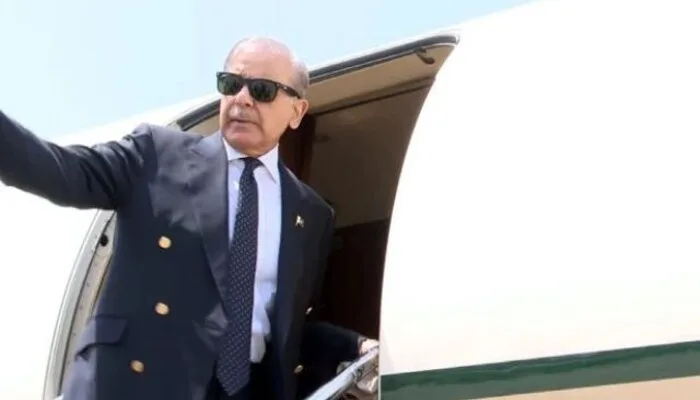
Pakistan is actively working to strengthen Pakistan-US trade relations by increasing imports from the United States and addressing trade barriers. Finance Minister Muhammad Aurangzeb revealed this strategy during an interview with Bloomberg News, highlighting Pakistan’s intent to ease tensions rooted in high tariffs imposed during Donald Trump’s presidency.
Buying More, Building Bridges
Aurangzeb stated that Pakistan plans to boost purchases of key American commodities such as cotton and soybeans. At the same time, Islamabad is reviewing its regulatory frameworks to ensure smoother entry for US exports into the Pakistani market. The approach is designed to show goodwill and balance the trade relationship while reducing friction caused by previous tariff disputes.
Currently, a 29% reciprocal tariff agreement between the two nations is suspended until July. However, Pakistan aims to take preemptive steps by sending a formal trade delegation to Washington. The goal is to improve market access and create a more level playing field for both partners.
Trade Snapshot: A Gap to Close
The United States is Pakistan’s top export destination, accounting for over $5 billion in annual exports. In contrast, imports from the US hover around $2.1 billion. By expanding imports, Pakistan hopes to narrow this trade gap while making its economy more attractive to American businesses.
Read: Sanaullah Assures Sharjeel Memon of Dialogue on Canals Project
Attracting American Investment
The finance minister also emphasized Pakistan’s openness to foreign direct investment (FDI), particularly from the United States. He pointed to newly liberalized sectors, such as minerals and mining, that are now accessible to foreign investors. These industries are central to Pakistan’s strategy for long-term economic revival.
Economic Recovery and Reforms
Aurangzeb’s visit to the US also served as a platform to showcase Pakistan’s shift toward economic sustainability. He stressed the government’s determination to break free from recurring financial crises. Instead, the country seeks stable growth supported by strategic reforms and external financing.
In a key development, Pakistan is preparing to issue its first-ever Panda bond in late 2025. The bond, expected to raise between $200 million and $250 million from Chinese capital markets, is a part of the broader plan to diversify funding sources and reduce reliance on Western loans.
A Brighter Economic Outlook
After facing a near-default in 2023, Pakistan’s economic situation is gradually improving. The International Monetary Fund (IMF) recently approved a $2.3 billion loan, which will support Pakistan until 2027. This move signaled international confidence in the country’s reform agenda.
Reinforcing this positive trend, global credit rating agency Fitch upgraded Pakistan’s credit outlook. The upgrade reflects better economic stability and the momentum of reforms under the ongoing IMF program.
Next Steps in Diplomacy and Trade
With diplomatic efforts underway and high-level engagements planned, Pakistan hopes to reshape its economic relationship with the US. By enhancing imports, attracting investment, and eliminating trade hurdles, Islamabad is working to rebuild trust and position itself as a reliable partner in global commerce.
Follow us on Google News, Instagram, YouTube, Facebook,Whats App, and TikTok for latest updates











